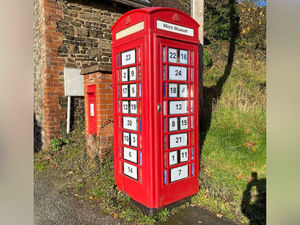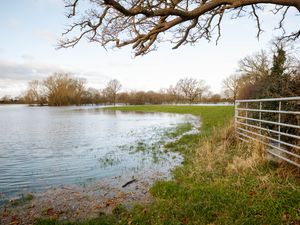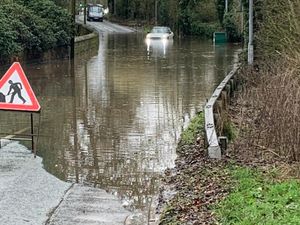More woods falling victim to ash dieback
The number of woods suffering from ash dieback is on the rise, and ministers have admitted they have no solution for the growing problem.
Almost 1,000 sites in Britain have been hit by the disease since it was first detected in 2012, including one in south Shropshire.
The number of sites affected by the disease has risen since then according to the Department for Environment, Food and Rural Affairs (Defra). The number has risen from 323 at the end of 2012 and to 949 at the end of 2014.
In 2012 it was announced that a site in Church Stretton had the disease, and Defra encouraged people to report suspected cases.
John Hughes, spokesman for Shropshire Wildlife Trust, said: "Sadly it's just one of those things where it's hard to stop a fungi disease from spreading. It is very difficult to contain once you have a case. Ash trees are so important to the countryside and there are so many of them in Shropshire alone.
"The only problem is it can be hard to tell if a tree has the disease as you have to look out for brown leaves, which is quite normal for trees. What I'd say to people is to look out for brown leaves when a tree should be lovely and green.
"If you do see a tree that looks a bit odd, then you should report it to the Forestry Commission straight away so they can contain it."
Experts say that ash dieback will eventually spread across the country as there is no way of stopping it. As well as ash trees, the disease, also known as Chalara, will wipe out natural habitats of hundreds of animals and birds – including mice, wrens, bats, bullfinches and beetles.
Restrictions on the movement of ash plants were introduced in 2012 following the outbreak.
But ministers are looking at ways of slowing the spread of the disease by developing varieties of ash trees that are immune to the fungus.
Charlton Clark, spokesman for the Forestry Commission, said: "There are no new cases of Chalara ash dieback known in Shropshire. During 2013 we found one nursery with infected ash plants, and three sites where infected young ash plants had been recently planted, having been infected before they arrived at the planting sites.
"However, we have not found any in the wider environment, that is, in older, established trees in woodlands or hedgerows with no association with recently planted plants."




